Alfa Romeo had seen the rise of the BTCC during the start of the Super Touring era & in 1994, decided they wanted a piece of the action. Alfa Corse, who were the factory racing team of Alfa Romeo, were comissioned to design, build and run 2 Alfa Romeo 155’s for the BTCC, with ex-F1 driver Gabriele Tarquini to lead the team alongside Giampiero Simoni.
Alfa Corse would be starting from scratch. The 155 model was new to the British Touring Car Championship & so the team would have to homologate the cars design and build before it was allowed to race in the championship.
The homologation deadline for 1994 was 1st April and to homologate your chassis, the manufacturer must provide a written specification for the racing version of their car. They must also provide proof that 2,500 road going versions of that car (of a similar specification) are for sale/about to be put on sale for the general public. It was thought that putting the number as 2,500 would stop any team producing “homologation specials”.
Alfa Corse had spotted this loophole in the regulations to produce a car that produced far more aerodynamic grip than any of its competitors. Dubbed the 155 Silverstone, Alfa Romeo had comissioned 2,500 “special editions” of the 155 that raised the rear wing of the car, significantly improving the rear aero, along with a front splitter, which could change position and again, significantly increase aerodynamic performance. The big issue though, was that the aero kit was given to customers in the boot, complete with all the bits to fix them to the car. The design was then submitted to the FIA, who homologated the design, which meant the car was deemed legal and ready to race in the BTCC.
Alfa Romeo knew that their interpretation of the rules would be controversial, to the point that in pre season testing, the team always ran the car with the wings in the retracted position, thus keeping the “extended” aero parts a secret until the first meeting of the season at Thruxton.

The first race of the season came and Alfa Romeo and team leader Tarquini absolutely dominated. He was fastest in every single practice session, took a comfortable pole and an even more comfortable victory. At Brands Hatch, it got even better for Alfa, as Simoni joined Tarquini up the front, although a crash with Radisich put the Italian out of the reckoning on race day. The third meeting of the season was at Snetterton, where Simoni took pole, but Tarquini took another comfortable victory.
After this, the competition were furious and were making their voices heard. Ford and Vauxhall were both extremely angry with Alfa’s interpretation of the rules. Despite this protesting, some teams were already hard at work at creating their own versions of the wings, Ford in particular were already planning on a special edition of the Mondeo, dubbed the “Monza”.

Silverstone hosted the next meeting of the season, with a double header. Tarquini once again won the first race, his fifth in five races, but disaster struck for the Italian, as he was spun around on Lap 1 of the second race and then hit, causing serious damage. Tarquini was out of the race, giving Paul Radisich and Ford their first win of the season.
Before the next race at Oulton Park, a tribunal was heard after Ford made their protests official. The Ford team, led by Andy Rouse, had even purchased a road going Alfa Romeo 155 as part of their protest. The FIA sided against Alfa Romeo and the team were told that the 155 had infringed the regulations and would be forced to run with the front and rear aero in the retracted position. In addition to this, Alfa Romeo lost all its points from the Snetterton and Silverstone meetings. This left Ford & Paul Radisich in the lead of a very provisional championship. The tribunal took the view that having to bolt on wings with 31 rivets was very much against the regualations.
Alfa were defiant and prior to the meeting at Oulton Park, continued to test with the aerodynamics in the extended position. The season was beginning to become increasingly acrimonious.
At Oulton Park, officials reminded Alfa Corse that the aerodynamic wings must be in the retracted position if they wanted the cars to enter qualifying and the race. In response to that, Alfa Romeo packed up their cars and equipment and left the circuit. The iconic images of the race fans pouring into the Oulton Park circuit as the Alfa Romeo transporters drove out. Their departure meant Alain Menu would take his and Renault’s first win of the season, joined on the podium by Paul Radisich and Patrick Watts.

After the Oulton Park meeting, the Alfa Corse team submitted their appeal. However, before any appeal was heard, the FIA issued another directive on the increasingly controversial aero additions, stating that from July 1st 1994, any car homologated for racing in the Super Touring (Class II) category, must be delivered in “complete form” to customers, which would rule out the Alfa Romeo wings in the boot. As the 155 Silverstone was already regulated, however, this meant it could still legally race with them. The FIA also gave national organisers the authority to choose when to put this ruling into action, but that it was not to be before the date the FIA stated – July 1st 1994.
The BTCC organisers then heard Alfa Romeo’s appeal. They agreed a compromise, the wings were allowed to run in the extended position until 1st July & the points they lost were re-instated. Once the new ruling would come into play, Alfa would not only have to run their aero in the retracted position, they would also have to contend with other teams now being allowed to add similar wings to their car.
The first meeting after the 1st July was the Grand Prix support meeting at Silverstone. Renault and BMW arrived at the circuit with new aerodynamic wings and the competition had caught up. Reigning champion Jo Winkelhock took his first victory of the season for BMW, who went on to win 5 of the next 6 races.
Tarquini would only win one more race, but would hardly ever be off the podium. That and his irresistable form in the first half of the season saw him take the championship at a canter. Giampiero Simoni also took his first win of his BTCC career at the final race at Donington, meaning Alfa Corse had won the manufacturer’s title at the first time of asking too.

Tarquini would only win one more race, but would hardly ever be off the podium. That, along with his irresistable form in the first half of the season saw him take the championship at a canter. Giampiero Simoni also took his first win of his BTCC career at the final race at Donington, meaning Alfa Corse had won the manufacturer’s title at the first time of asking too.
The consequences of the bitter and acroimonious arguments of 1994 would be felt throughout the world of touring cars though. The FIA were adamant that they wouldn’t be caught out like that again and brought in a raft of changes for the 1995 touring car season. For starters, they attempted to stop any future homologation specials by inceasing the minimum number of road cars produced mirror the race car to 25,000 – ten times the number required in previous years. They also opened up aerodynamic wings for all cars, teams were allowed to design front and rear aero packages specifically for racing, inside strict parameters.
Alfa Corse left the BTCC after 1994, with the design and build of the 1995 Alfa Romeo 155 being entrusted to Prodrive. Derek Warwick was signed to drive alongside Giampiero Simoni with champion Gabriele Tarquini returning in a third car at Oulton Park. He replaced Simoni after the Silverstone Circuit GP support round but results continued to be disappointing and Alfa Romeo withdrew from the championship at the end of the year.
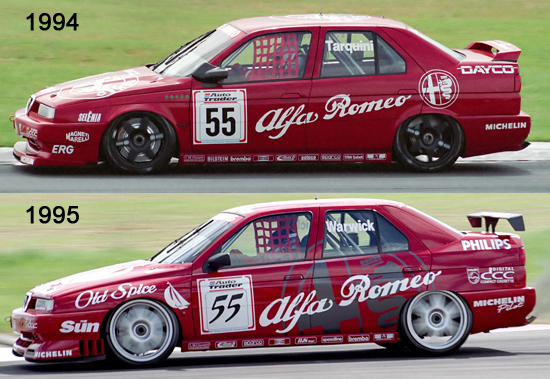
The Italian manufacturer announced a return to the championship in 1998, with a pair of Alfa Corse 156’s driven by Nicola Larini and Fabrizio Giovanardi. They appeared on the entry list at the start of the season, intending on running a small programme towards the end of the season before a full tilt on the 1999 championship. However, after the European championships shuffled their calendar, Alfa Romeo could no longer make their debut at Thruxton in August as intended. Sadly, the team never made it to the grid in 1998.
Will there ever be a more acrimonious and controversial debut in the BTCC ever again? It seems unlikely.
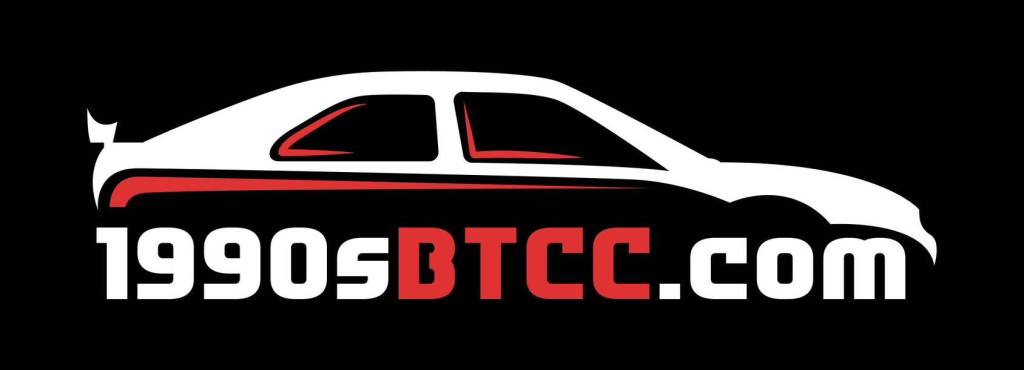

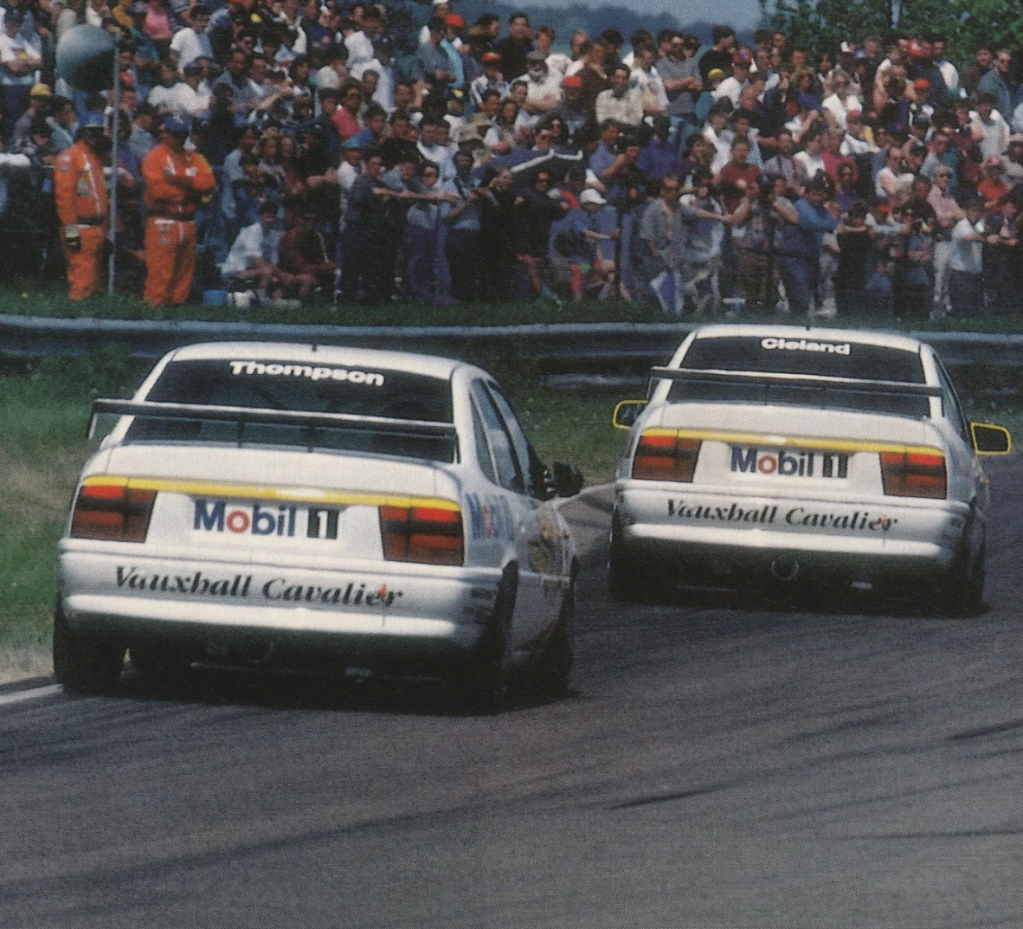

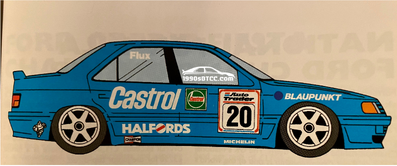
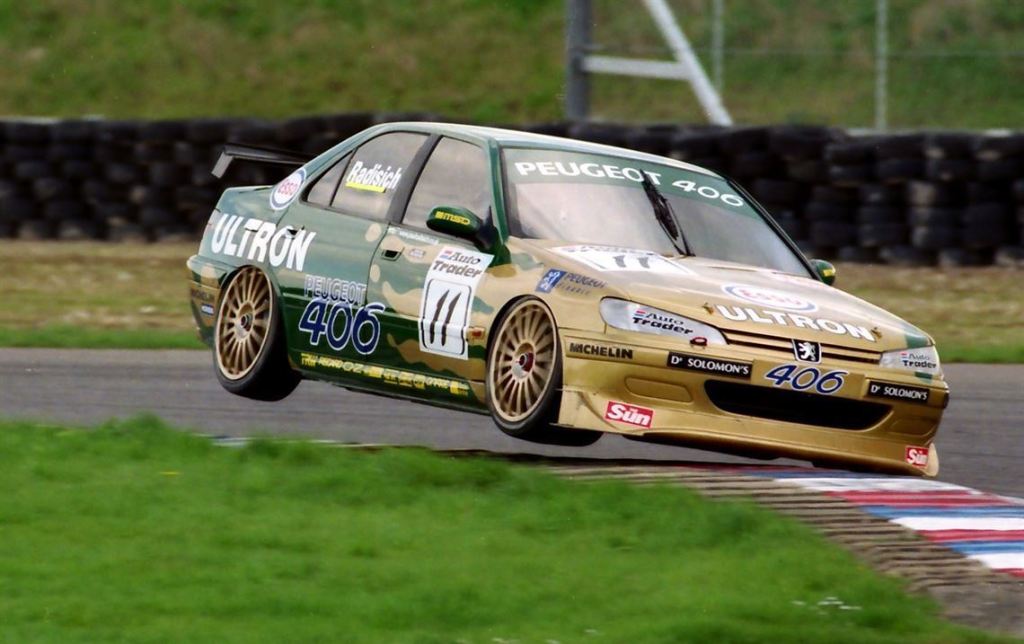

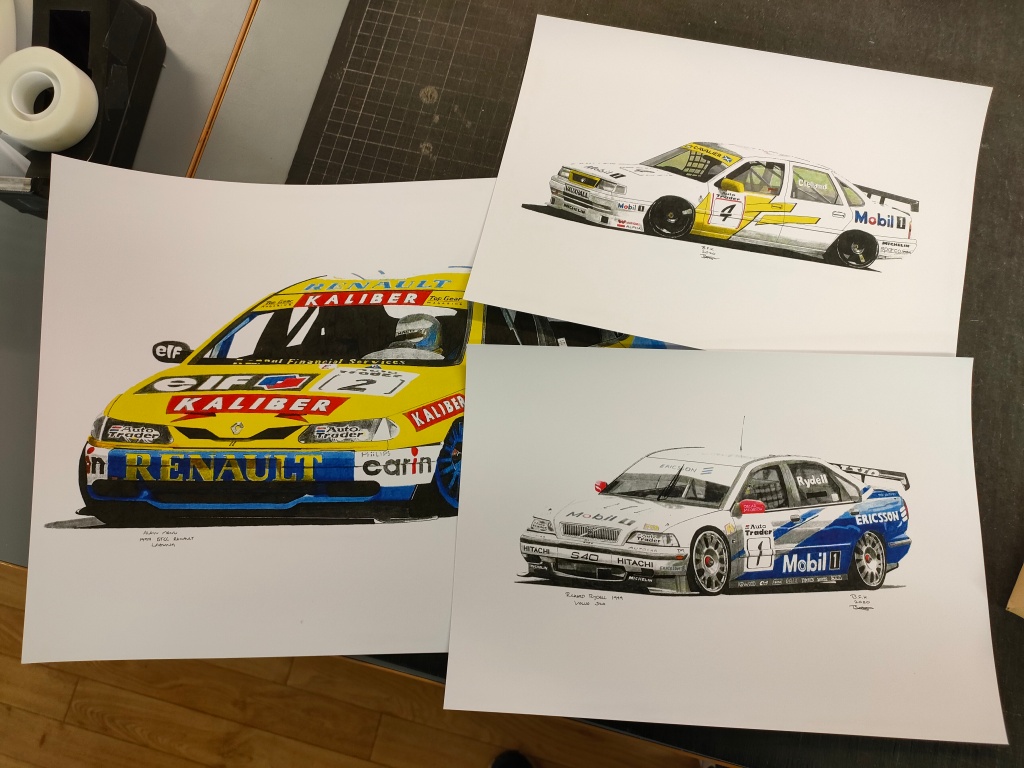
Leave a comment